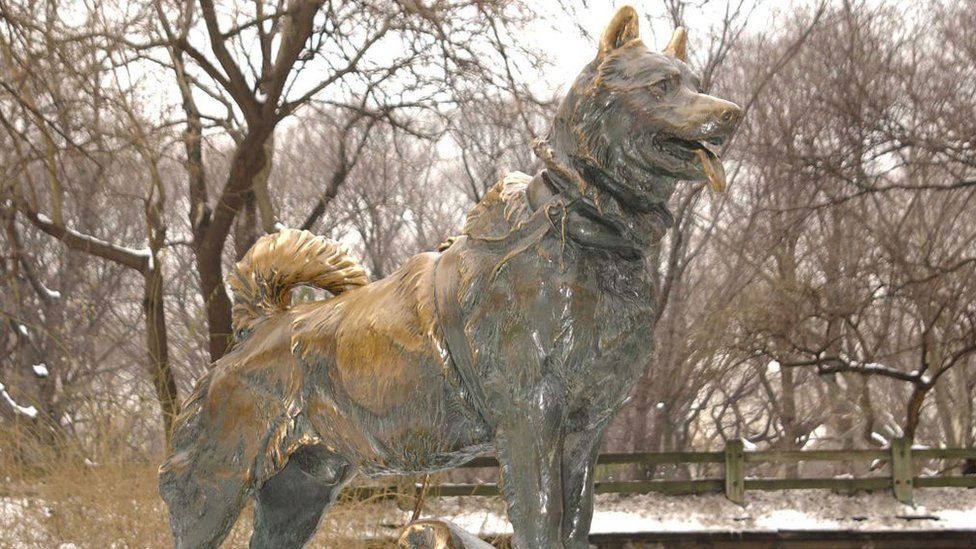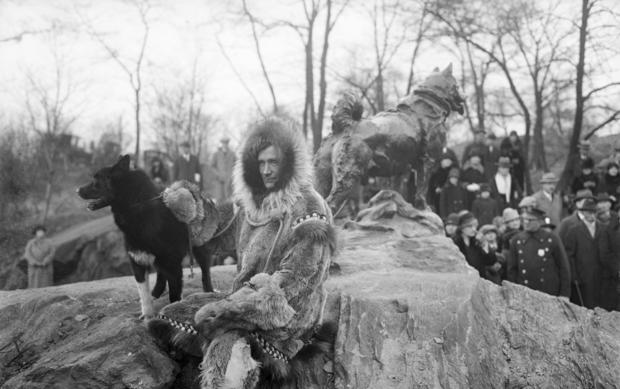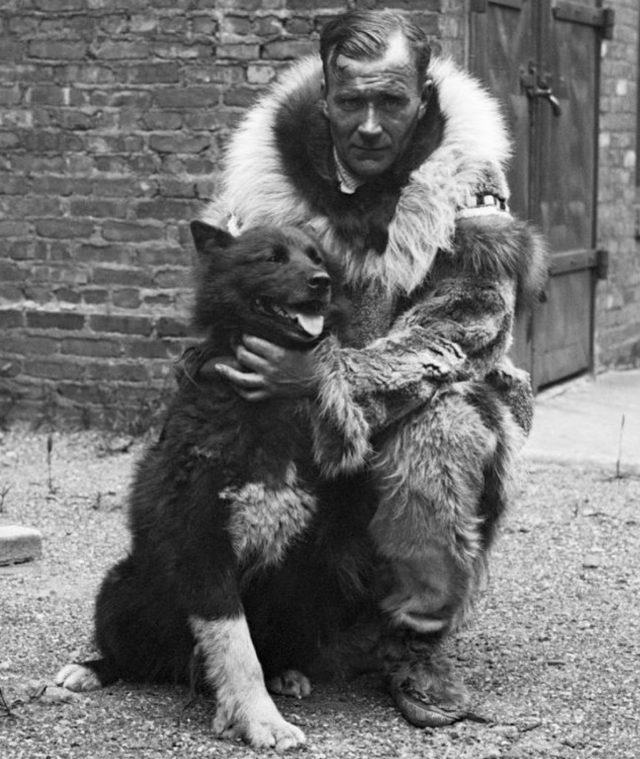New study reveals genes that powered the famous Balto the sled dog
A new study of the taxidermied remains of a celebrity Siberian Husky has revealed the special DNA that helped the sled dog gain international fame.
In 1925, Balto led a team of sled dogs in a blizzard to deliver lifesaving medication to an Alaska town.
His heroic efforts have been recognised in a statue of the dog sitting in New York City's Central Park.
But unlike what the 1995 cartoon film Balto suggests, it's not wolf ancestry that made him so tough.
Comparing Balto's DNA to other dogs and mammals, researchers found the Siberian Husky's more diverse genes helped him survive the harsh journey better than his descendants would have.
"Balto belonged to a population of small, fast, and fit sled dogs imported from Siberia," researchers wrote in a study published in the journal Science on Thursday.
They found that Balto and "his working sled dog contemporaries were more genetically diverse than modern breeds and may have carried variants that helped them survive the harsh conditions of 1920s Alaska".
The authors of the study took a DNA sample - supplied by the Cleveland Museum of Natural History, which has Balto's taxidermied remains - from the dog's underbelly to reconstruct his genes. They also relied on a genetic dataset of 240 mammals and 682 dogs and wolves of the 21st Century.
The investigation into his genes revealed "no discernible wolf ancestry", according to the study authors.
The heroic dog did have other traits that distinguish him from modern-day Siberian Huskies and other sled dogs of his time, including a smaller stature and a better ability to digest starches, according to the study.
Researchers also believe he came from a less inbred population of huskies, which made him genetically healthier and better suited to the extreme environment of 1920s Alaska.
Balto was born in 1919 and imported from Siberia. His owner was Norweigan-American breeder Leonhard Seppala.
In January 1925, an outbreak of a deadly bacterial infection, diphtheria, threatened the Alaskan town of Nome. But the only available medication was in Anchorage, and the only aircraft to take it there would not start because of the freezing temperatures.
That's where Balto and his team of sled dogs came in, pulling around 20 mushers - sled drivers - carrying the medication for 674 miles (1084 km) as temperatures fell to -23 F (-31 C).
News of the historic journey spread quickly, and Balto would later be honoured as a character in comic and children's books and films, as well as in a sculpture at the children's zoo in Central Park.




No comments:
Post a Comment